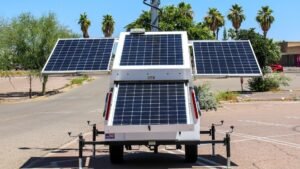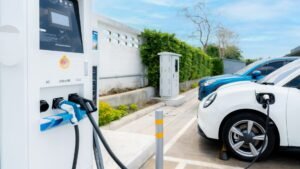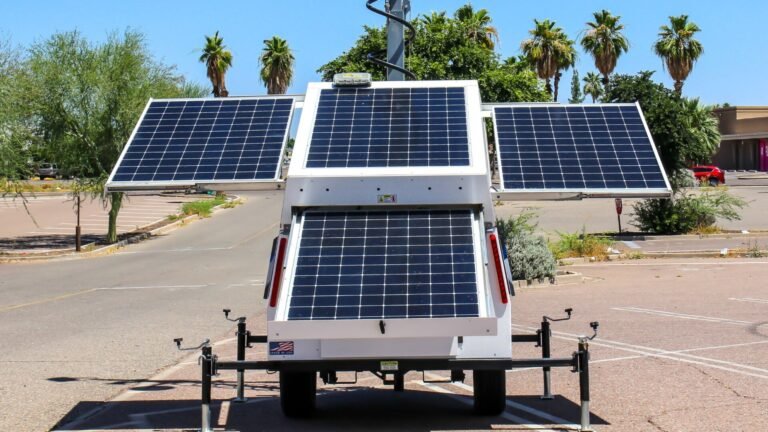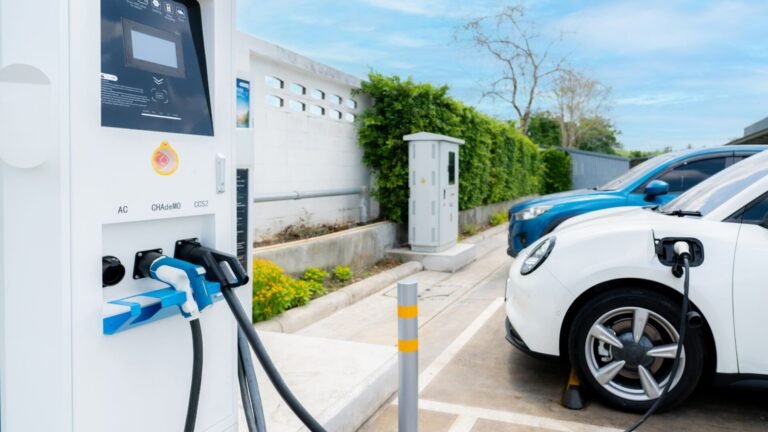The push for renewable energy solutions is gaining momentum across various industries, and the transportation sector is no exception.
In Europe, high-speed rail projects are increasingly exploring the benefits of solar integration to enhance sustainability and efficiency.
This blog delves into the significance of solar integration in Europe’s high-speed rail projects, highlighting the benefits, technological advancements, and future prospects of this innovative approach.
1. Environmental Benefits
One of the primary drivers of solar integration in Europe’s high-speed rail projects is the significant environmental benefit. High-speed trains are already known for their lower carbon emissions compared to air travel and conventional rail.
By incorporating solar energy, these projects can further reduce their carbon footprint. Solar panels installed along rail tracks or on train stations generate clean electricity, offsetting the reliance on fossil fuels and reducing greenhouse gas emissions.
2. Cost Efficiency
Solar integration in Europe’s rail projects can lead to substantial cost savings. Traditional energy sources are subject to price volatility, impacting operational costs.
Solar energy, on the other hand, offers a stable and predictable energy source. Once the initial investment in solar panels is made, the ongoing maintenance costs are relatively low.
Over time, this can result in significant savings on energy bills, making solar integration a financially viable option for rail operators.
3. Energy Independence
By harnessing solar energy, European high-speed rail projects can achieve greater energy independence. Solar integration in Europe reduces dependency on external energy suppliers and fossil fuels.
This energy autonomy enhances the reliability and security of rail operations, ensuring uninterrupted service even during energy supply disruptions.
Solar panels can also be combined with energy storage solutions, providing a continuous power supply and further boosting energy independence.
4. Technological Advancements
Technological advancements are making solar integration in Europe’s rail projects more efficient and effective. Innovations in photovoltaic technology have led to the development of high-efficiency solar panels that can generate more electricity from the same amount of sunlight.
Additionally, flexible and lightweight solar panels are being designed to fit seamlessly into various surfaces, such as train roofs and station canopies. These advancements make it easier to integrate solar energy into existing and new rail infrastructure.
5. Enhanced Public Image
Solar integration in Europe’s high-speed rail projects can significantly enhance the public image of rail operators. As environmental awareness grows, passengers and stakeholders increasingly favor sustainable transportation options.
By investing in solar energy, rail companies demonstrate their commitment to environmental responsibility and innovation. This positive public perception can lead to increased ridership and support from governmental and non-governmental organizations.
Case Studies: Successful Solar Integration Projects
Several European countries have already begun to implement solar integration in their high-speed rail projects with impressive results.
For instance, the Netherlands has installed solar panels on the roof of the high-speed rail tunnel connecting Amsterdam and Rotterdam. This project generates enough electricity to power thousands of households, showcasing the potential of solar integration in Europe.
In Germany, solar panels have been integrated into the design of the Berlin Central Station, one of the largest train stations in Europe.
The energy generated from these panels contributes to the station’s electricity needs, reducing its carbon footprint and operational costs. These case studies highlight the feasibility and benefits of solar integration in high-speed rail projects across Europe.
Future Prospects and Challenges
The future of solar integration in Europe’s high-speed rail projects looks promising, with ongoing research and development aimed at enhancing efficiency and reducing costs.
The integration of smart grid technologies and advanced energy storage systems can further optimize the use of solar energy, ensuring a reliable and sustainable power supply for rail operations.
However, challenges remain, including the initial capital investment required for solar infrastructure and the need for regulatory support to facilitate widespread adoption.
Collaboration between government agencies, rail operators, and technology providers is essential to overcome these challenges and accelerate the deployment of solar integration in Europe’s rail projects.
Conclusion
Solar integration in Europe’s high-speed rail projects is a transformative step towards a more sustainable and efficient transportation system.
The environmental benefits, cost savings, energy independence, technological advancements, and enhanced public image make it a compelling choice for rail operators.
By embracing solar energy, Europe can lead the way in creating a greener and more sustainable future for rail transportation.
Companies like Tamesol are at the forefront of this revolution, providing cutting-edge solar technology and expertise to support the integration of solar energy in high-speed rail projects.
Tamesol’s commitment to innovation and sustainability makes them a valuable partner in creating efficient and effective solar solutions for the rail industry.
By partnering with Tamesol, European rail operators can confidently integrate solar energy into their projects, ensuring a sustainable and resilient future for high-speed rail.






